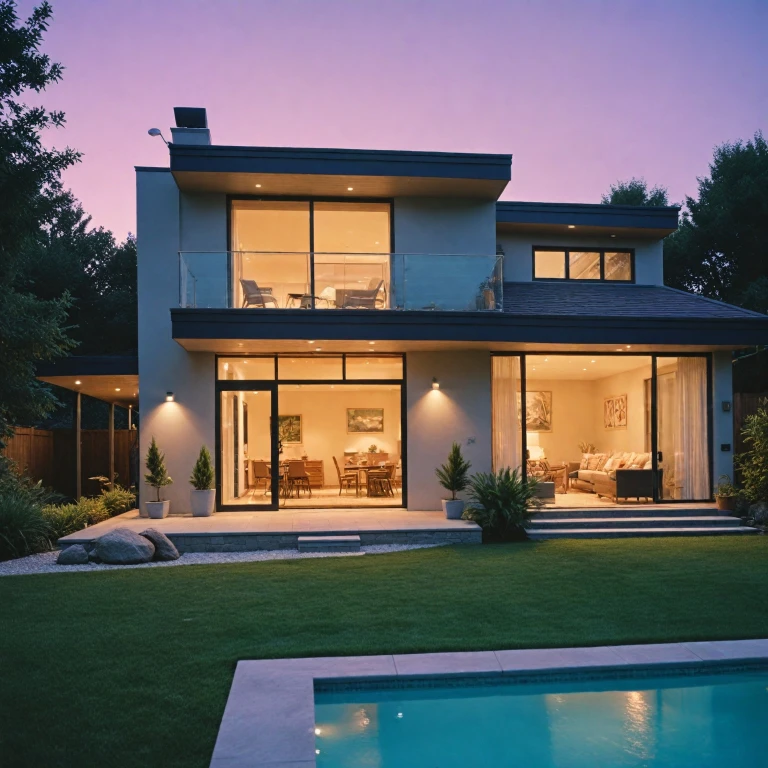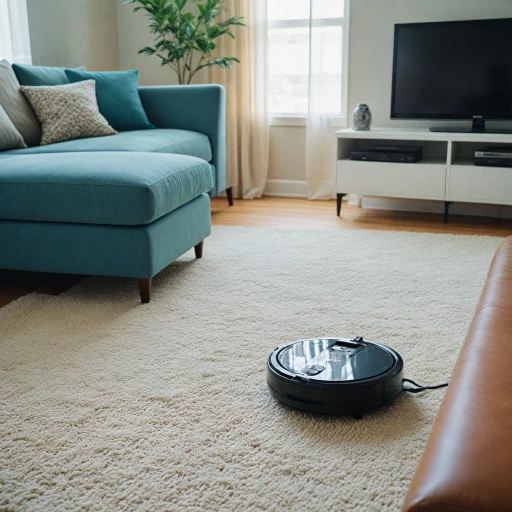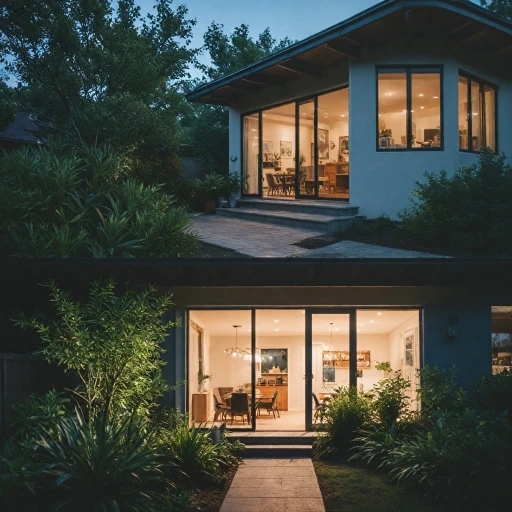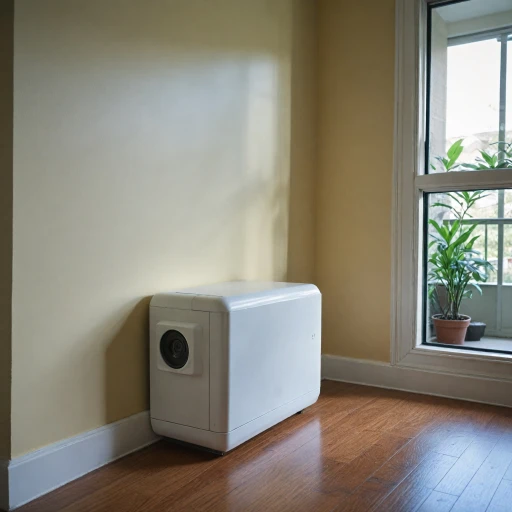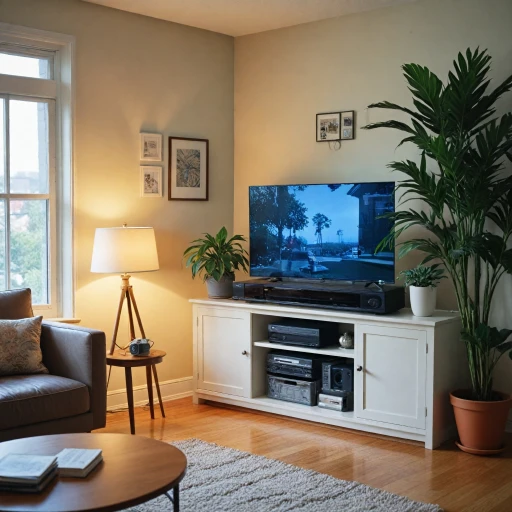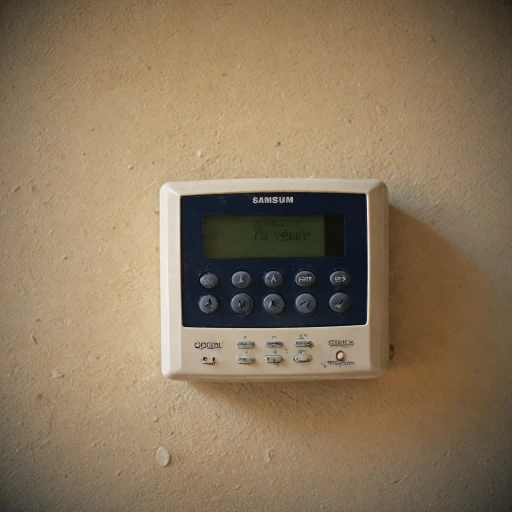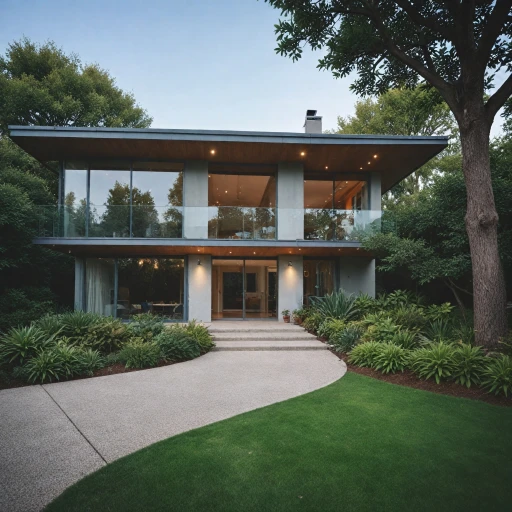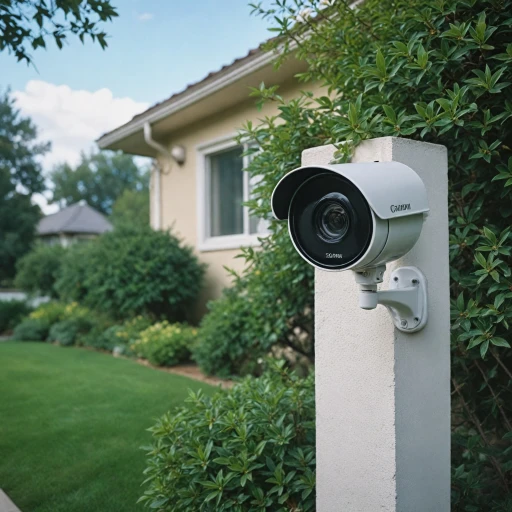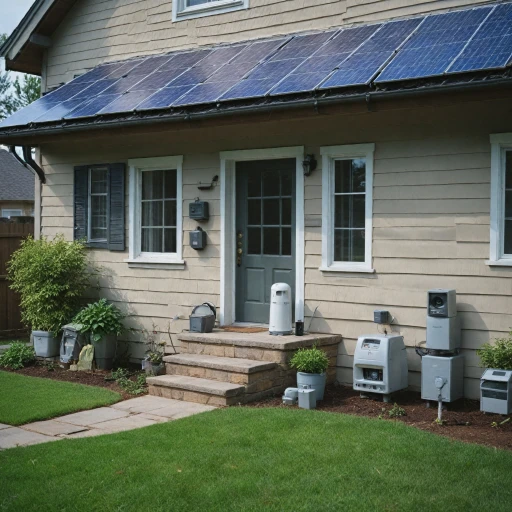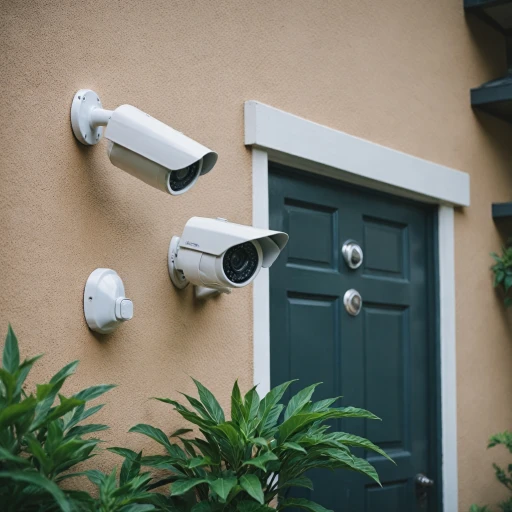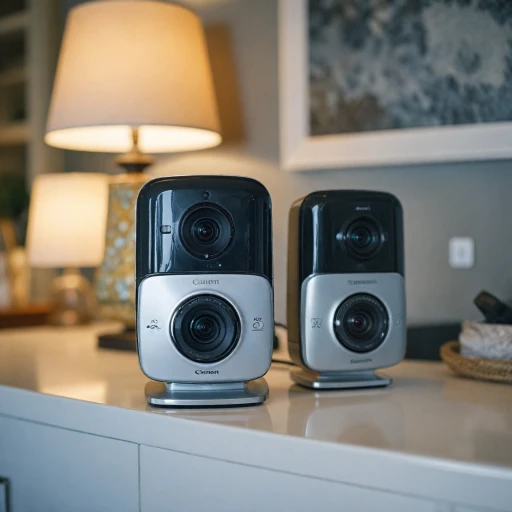
Understanding 16-Channel Systems
A Deep Dive into 16-Channel Security Systems
When it comes to protecting your home, a 16-channel home security system can be a comprehensive solution. These systems utilize network video recorders (NVRs) to manage multiple security cameras efficiently. Each 'channel' corresponds to a camera, allowing for extensive coverage of your property. But what exactly makes a 16-channel setup stand out? For starters, a 16-channel system offers substantial support for large or complex properties. It allows homeowners to monitor various locations at once, which is ideal for larger homes or properties with multiple access points. This robust network capacity helps ensure that no corner goes unwatched. Moreover, the integration of smart technology into these systems means they often come equipped with advanced features such as motion detection, face detection, and remote viewing capabilities. This enables not only effective security recording but also the convenience of accessing real-time video from anywhere via your smartphone or computer. Utilizing Power over Ethernet (PoE) for camera connectivity, these systems provide cleaner installations and reliable power supply. In addition, the inclusion of audio recording capabilities further enhances the monitoring experience, capturing crucial details beyond just visuals. Additionally, a 16-channel NVR is typically capable of supporting high-definition HDMI and VGA interfaces for direct video feed display to monitors or TVs. With options to add USB support and audio inputs, these systems can be tailored to suit specific needs. As you explore the advantages of a 16-channel setup, it is crucial to consider factors such as the cost, installation, and maintenance requirements, which we'll delve into further in the following sections. Overall, with its vast range of capabilities and connectivity options, a 16-channel security system offers a solid foundation for a comprehensive home security strategy.Advantages of a 16-Channel Setup
Maximizing the Surveillance Potential
A 16-channel home security camera system offers several advantages, making it an optimal choice for comprehensive surveillance. Let’s dive into why this setup could be a major upgrade for your security needs. A 16-channel system allows for extensive coverage, as you can connect and record from up to 16 cameras simultaneously. This is particularly beneficial if you have a large property or want to include multiple perspectives, ensuring no blind spots in your security arrangement. High-quality video and audio clarity can be achieved across all channels, offering peace of mind and reliable evidence in case of incidents.Enhanced System Control and Flexibility
The ability to connect numerous cameras also enhances flexibility in configuration. Network video recorders (NVR) and digital video recorders (DVR) can often support advanced features like motion detection and face detection, amplifying your system's efficiency. With support for various camera types, including both indoor and outdoor varieties, you can tailor the installation to your specific security objectives. Additionally, modern security systems often come with Power over Ethernet (PoE) ports, meaning that you only need one cable for both power supply and data transfer. This ensures a cleaner setup and simplifies the installation process. PoE-supported systems tend to be more reliable, reducing wiring complexity and allowing for easy upgrades.Increased Storage and Continual Recording
A crucial aspect of a 16-channel system is its capability to handle substantial amounts of recording data. Typically equipped with ample hard drive storage, these systems can support long-term HD video recording and easy retrieval when necessary. Many systems include USB ports for additional storage expansion, providing flexibility depending on your recording needs. If you’re considering enhancing your home's safety, opting for a system that supports remote viewing and integrations with other smart home devices can be a wise decision. Many systems allow you to monitor feeds via smartphones or PCs, offering the advantage of checking in on your property from anywhere with an internet connection. To learn more about optimizing your home security setup, check out enhancing your home's safety with security cameras. Overall, a 16-channel security system is perfect for those looking to cover a diverse range of areas while enjoying advanced video recorder capabilities and centralized control. Whether it's creating a safe environment or having a reliable system that supports continual monitoring, the advantages are substantial.Installation Considerations
Key Steps for Setting Up Your 16-Channel Security System
When it comes to installing a 16-channel home security camera system, careful preparation is necessary to ensure a seamless setup process. Here, we'll go through essential considerations to help you effectively implement a robust system.
Evaluating Your Space and Layout
Firstly, you'll want to assess the areas you intend to monitor. A 16-channel setup offers ample coverage, enabling you to place cameras in strategic locations throughout your property. Pay attention to entry points, blind spots, and high-traffic areas. Ensure that each camera's field of view maximizes coverage without overlap.
Network and Wiring Setup
The network stands as a backbone of any security setup. For optimal performance, consider using PoE (Power over Ethernet) technology, which simplifies the cabling process by transmitting both data and power over the same cable. Most modern setups employ a network video recorder (NVR) supporting multiple poe ports to facilitate easy connectivity. Understanding the essentials of powering your cameras is crucial here.
Ensuring Power Supply
Choose power supplies that can support your entire system's load, bearing in mind the number of cameras and additional equipment like a video recorder, motion detection modules, and face detection technology. Incorporating backup power solutions might prove beneficial to prevent interruptions during outages.
Integration with Existing Infrastructure
If you already have a security infrastructure in place, ensure that the new system is compatible with existing components such as HDMI VGA outputs, USB devices, and remote viewing capabilities. Additionally, look for a channel NVR that supports integration with current security protocols and devices.
Configuration and Testing
After installation, proceed with configuring your cameras and recording settings. Test motion detection and audio recording functionalities to ensure they operate as expected. Regular testing and ongoing maintenance are critical for sustained performance, as outlined when discussing the ongoing management of a security system.
Choosing the Right Cameras
Factors to Consider When Selecting Cameras
When choosing cameras for your 16-channel home security system, there are several key factors to consider to ensure optimal performance and coverage. The variety of cameras available can be overwhelming, but understanding what features and capabilities you need can simplify the decision-making process.Resolution and Image Quality
Opt for high-definition cameras that offer clear and crisp video, as they can significantly enhance your ability to identify faces and capture crucial details. Cameras with features like face detection are particularly beneficial for comprehensive security coverage. Look for options that support at least 1080p resolution or higher for the most effective monitoring.Weather Resistance and Durability
For outdoor installations, ensure that the cameras are weatherproof and can withstand various environmental conditions. This guarantees continuous operation regardless of weather changes. Check the IP rating of the cameras to assess their level of protection against solids and liquids.Night Vision Capabilities
Security cameras with night vision support enable clear video capture in low-light or dark conditions. Consider infrared cameras with a higher range for effective night vision, allowing continuous surveillance around the clock.Power over Ethernet (PoE) Versatility
Using PoE technology can simplify the installation process by allowing both power and data transfer over a single cable. This reduces the need for separate power sources and can streamline your network setup, supporting both the cameras and the network video recorder (NVR) efficiently. Consider the number of PoE ports on your system to ensure adequate connectivity for all cameras.Audio and Motion Detection
Cameras with built-in audio capabilities add an extra layer of security by allowing for sound recording that complements video footage. Additionally, integrated motion detection can trigger alerts and recording, activating only when necessary and conserving storage space on your hard drive.Remote Viewing and Connectivity Options
Ensure the system supports remote viewing capabilities via a user-friendly app or web-based platform. This allows you to monitor your security cameras remotely from any location, giving you peace of mind while you're away from home. Check the compatibility with other recording devices and systems to maintain seamless integration. By carefully evaluating these factors, you can select cameras that not only fill your current security needs but also offer flexibility for future expansions of your channel NVR system. This strategic approach helps ensure that your investment in a security camera system provides maximum protection and peace of mind.Cost and Budgeting
Budgeting and Cost Considerations
Investing in a 16-channel home security camera system is a significant step to securing your home. However, it is essential to understand the budget implications and costs associated with setting up such a system. Ensuring you have a clear picture of the financial commitment helps avoid any unwanted surprises. The total cost of a 16-channel security system varies based on several factors:- Equipment Costs: The hardware, including the cameras, NVR (Network Video Recorder), hard drive, and any necessary accessories like HDMI VGA cables or POE ports, form the core expense. Higher quality cameras with features such as motion detection, face detection, and audio detection generally incur a higher cost. Additionally, a security camera offering smart functionalities like remote viewing and motion detection usually adds to the budget.
- Installation Costs: Depending on the complexity of the setup, you might need professional help to install the security camera system. Contractors can ensure a seamless installation, ensuring your network is properly configured, which could involve setting up the NVR to manage the video and audio recording efficiently. It's also crucial to consider the layout of wiring and power supply needs.
- Optional Add-ons: If you're looking to increase the capabilities of your system, you might consider additional POE ports, extra storage capacity like larger hard drives, or devices to enable face detection and other advanced features. These add-ons, along with articles like rack mounts or USB hubs for expanded connectivity, can add a substantial amount to total costs.
- Regular Price Versus Promotional Offers: Security cameras and channels can often come with regular high prices. Checking for promotional offers or bundled deals where you can add to the cart more economically can impact your budgeting favorably.
Maintenance and Troubleshooting
Maintaining Your 16-Channel System
Ensuring your 16-channel home security camera system operates effectively requires ongoing maintenance and occasional troubleshooting. Regular checks and timely upgrades can prevent issues and prolong the life of your equipment.- Regular Maintenance: Clean the cameras and lenses regularly to maintain clear video quality. Dust and grime can obstruct views, affecting motion detection capabilities and overall performance.
- Software Updates: Keep both your network video recorder (NVR) and cameras updated with the latest software. Manufacturers frequently release updates that enhance features like face detection, video quality, and security protocols.
- Storage Management: Monitor the hard drive space to ensure continuous recording. Many systems offer USB support for additional storage or backup. Regularly review and delete unnecessary footage to free up space.
- Component Checks: Periodically inspect cables, power supplies, and connections within the network. Poe ports can sometimes encounter wear and tear, so ensuring all parts are functioning well can prevent sudden failures.
- Troubleshooting Common Issues: If you experience issues like connection loss or poor resolution, check the network settings on your channel network and ensure HDMI or VGA connections are secure. Simple resets can solve most minor problems.

